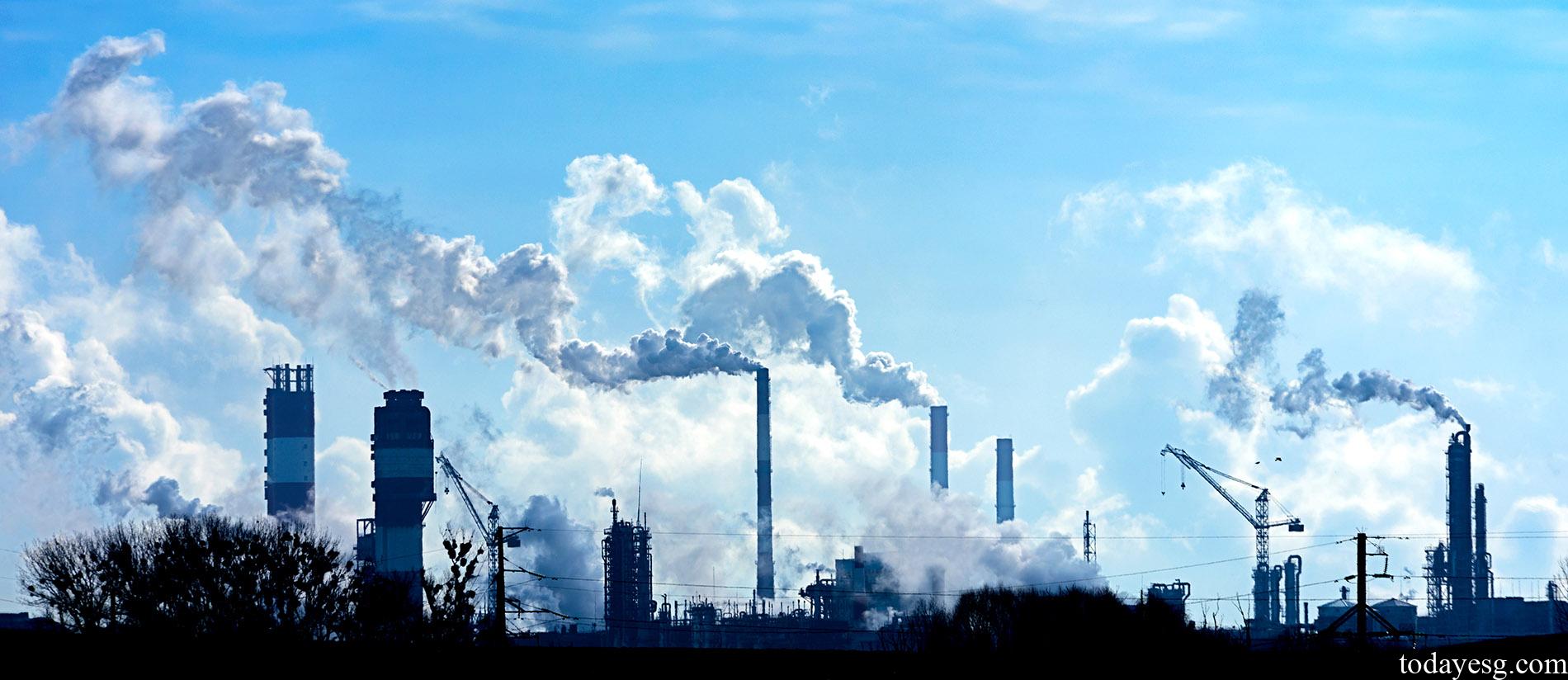Companies Climate Transition Report
Carbon Disclosure Project (CDP) released the 2022 companies’ climate transition report, investigating more than 18600 enterprises from 13 industries in 135 countries, to obtain the progress of these enterprises in climate transition through using climate change questionnaires.
This survey report involves 21 key indicators in 8 aspects, including governance, scenario analysis, financial planning, value chain engagement & low carbon initiatives, policy engagement, risks & opportunities, targets and Scope 123 accounting with verification. Companies can choose to disclose some of these indicators by their own climate transition plan. CDP summarizes the data of these individuals and obtains the whole climate transition report.
Disclosure of Climate Transition Plan
Of the enterprises (18600+) that participated in the survey, 4100 (22%) said that they have designed a climate transition plan in line with the 1.5 ℃ warming target of the Paris Agreement, and 81 (0.4%) of them disclosed on 21 key indicators. In addition, 3341 (18%) enterprises have formulated climate transition plans, but their plans do not meet the 1.5 ℃ temperature target. 6520 (35%) enterprises said that they would publish climate transition plans in the next two years.
In terms of the disclosure of 21 key indicators, 12737 (68%) companies only disclosed less than 7 indicators, another 3541 (19%) disclosed 7 to 14 indicators, 2244 (12%) disclosed 14 to 21 indicators.
CDP finds that only 81 (0.4%) disclosed all indicators, which is less than previous year (135 fully disclosed). This result may relate to the strengthen of disclosure criteria by CDP. However, CDP is trying to include more indicators in the following questionnaires, and this may cause companies more efforts to fully disclose.

Trends in Climate Transition Disclosure
When using the ratio of enterprises that fully disclose key indicators to the number of enterprises in their industry as the disclosure rate, CDP finds that power generation and infrastructure industry have the highest disclosure rate (2.2% and 1.7% respectively). At the same time, the disclosure rate in fossil fuel and healthcare industries is relatively low, and only one company in these industries disclosed 21 key indicators.
But there are also some promising trends. For example, 38% of enterprises in the power industry disclosed relatively more indicators (14-21), followed by the financial industry (35%). This means that these industries are relatively leading in climate transition, and many enterprises have formulated relatively complete climate transition plans.
In terms of the disclosure of eight aspects (governance, scenario analysis, financial planning, value chain engagement & low carbon initiatives, policy engagement, risks & opportunities, targets and Scope 123 accounting with verification), the disclosure of risks & opportunities and governance accounted for 32% and 24%. Financial planning and targets account for a relatively low proportion of 3% and 4% respectively.
Disclosure of Carbon Emission Data
In the eight aspects of climate transition disclosure, the disclosure of carbon emission data is a rare quantitative indicator. In terms of the disclosure of Scope 1 2 3, 99% of the data disclosed by enterprises comply with the disclosure criteria of Scope 2, 71% comply with the disclosure criteria of Scope 1, and 22% comply with the disclosure criteria of Scope 3. With ISSB and other organizations planning to include Scope 3 in the scope of mandatory disclosure, CDP believes the proportion of disclosure will rise in the future.
In terms of third-party certification of emission data, 14% of the surveyed enterprises have started to certify the emission data, while the other 86% still rely on their own assessment and calculation. Of the 4100 enterprises (22%) that have designed a 1.5℃ temperature transition plan, only 43% choose to certify their emission data.
Reference:








